Service hotline
+86 0755-83975897
 en
en Release date:2025-02-19Author source:KinghelmViews:1065
Filters are one of the essential components in the radio frequency (RF) front-end. The primary function of a filter is to "filter" signals, which means allowing the desired signals to pass through while blocking out interfering signals. In our daily lives, wireless signals are omnipresent, hence the necessity of RF filters to clean up unwanted signals.
1. When used for transmission, the filter can extract the desired signal from numerous noise signals.
2. When used for reception, the filter can filter out interfering signals other than the desired signal.
The core function of a filter is to pass through specific frequency signals while suppressing out-of-band signals. Therefore, the main indicators of a filter include:
1. Center frequency
2. Bandwidth
3. Insertion loss
4. Out-of-band rejection
Additionally, when placed in the transmission path, the filter also needs to consider its power handling capability and temperature characteristics. Therefore, the following indicators are also key evaluation metrics for filters:
1. Temperature characteristics
2. Power handling capability
Currently, the majority of large-scale 5G commercial deployments are focused on the sub-6GHz frequency bands. Within this range, the frequencies are further divided into Sub-3GHz and Sub-6GHz based on their specific values.
The Sub-3GHz band, which operates below 3GHz, is an upgraded reuse of the original 4G LTE frequency bands, hence also known as the "Re-farming" band. This segment of the spectrum is characterized by its abundance of frequency bands, narrower bandwidths, and a predominance of FDD (Frequency Division Duplex) bands. Precise filtering of signals is necessary to meet the communication requirements in this band.
On the other hand, 5G Sub-6GHz generally refers to the newer frequency bands above 3GHz but below 6GHz. The primary frequency bands in this segment include n77 (including n78) and n79. These bands offer wider bandwidths, are largely free from adjacent interference, and operate on TDD (Time Division Duplex) mode, eliminating the need to consider interference between transmission and reception. As a result, the demand for out-of-band rejection from filters is reduced in this segment.
LC filters are designed based on the frequency response characteristics of inductors and capacitors, while piezoelectric filters utilize the piezoelectric properties of materials for their design. In terms of their characteristics, the most significant difference lies in their out-of-band rejection capabilities. Piezoelectric filters can achieve steep out-of-band rejection, making them suitable for spectrum-crowded FDD bands that require tight T/Rx suppression.
The typical frequency response comparison between LC filters and piezoelectric filters is illustrated in the following figure. Taking TF-SAW filters as an example, they can achieve over 30dB of out-of-band rejection at ±5% of the bandwidth, whereas the out-of-band roll-off of LTCC filters, a type of LC filter, is much more gradual. However, LC filters can accommodate larger passband bandwidths, which is a challenge for piezoelectric filters.
Filters are crucial components in radio frequency (RF) front-ends, responsible for the "filtering" function of signals. In filter evaluation, frequency, bandwidth, insertion loss, rejection, temperature characteristics, and power characteristics are essential evaluation metrics.
In 5G mobile terminals, commonly used filters include LC filters and piezoelectric filters. LC filters are employed in broadband scenarios with less stringent suppression requirements, while piezoelectric filters are utilized in narrowband scenarios with high suppression demands.
As 5G progresses towards higher integration and modularization, filters are increasingly being integrated into RF front-end modules. During the integration process, in addition to considering conventional filter metrics, factors such as filter size, re-packaging capabilities, and reliability must also be taken into account.
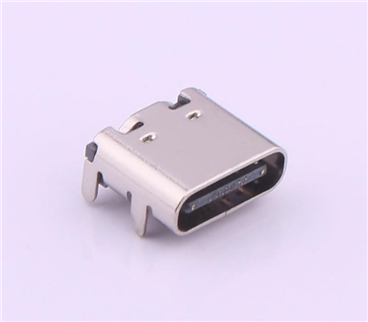
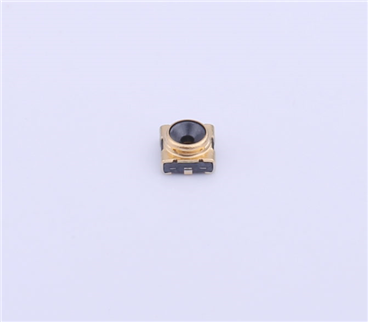
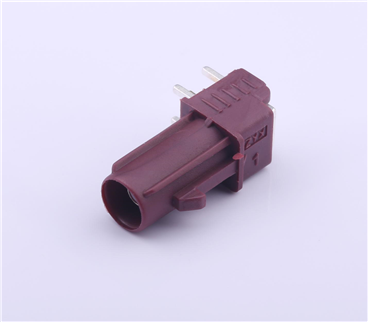
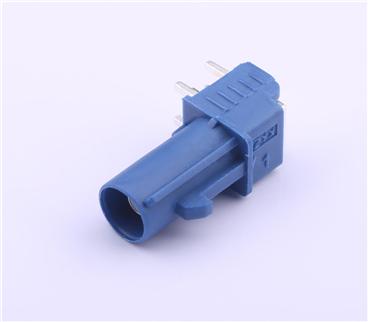
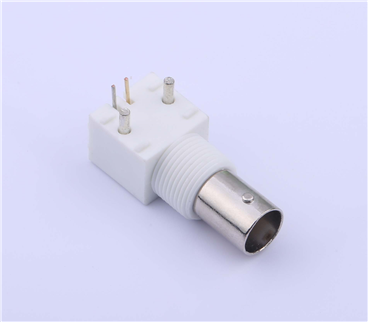
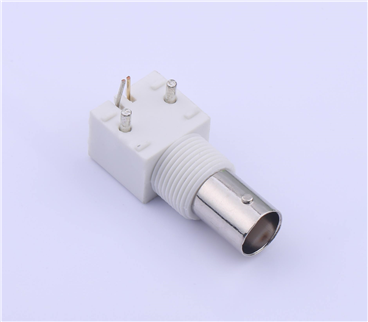
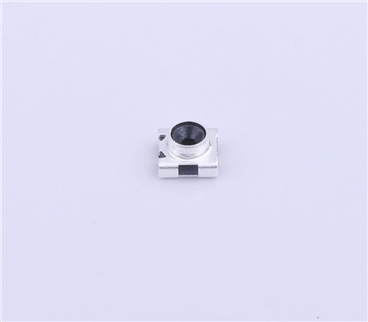
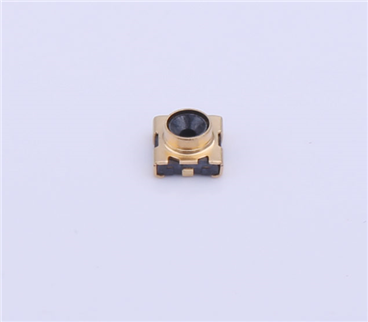
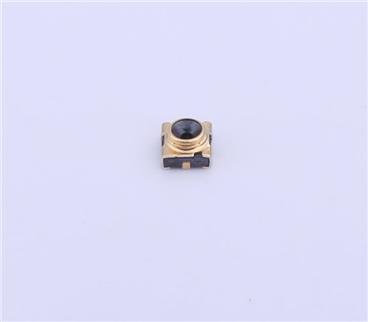
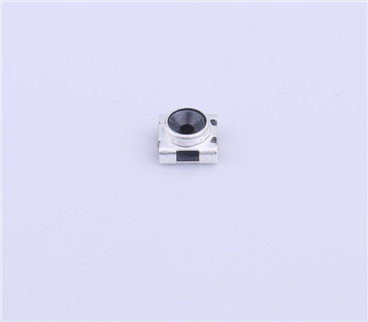
Copyright © Shenzhen Kinghelm Electronics Co., Ltd. all rights reservedYue ICP Bei No. 17113853
